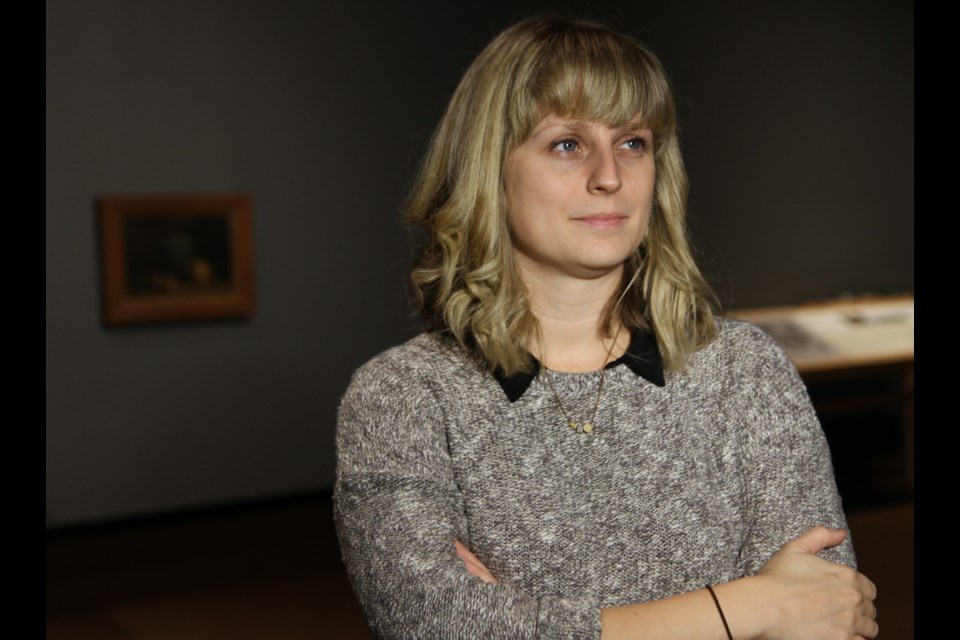THUNDER BAY – A group of researchers are analyzing materials used in famous works of art.
A team of nearly 10 researchers have brought together unique discoveries after analyzing the artwork of nine historical paintings from the collection of the McMaster Museum of Art.
Drawing on a range of expertise, The Unvarnished Truth art exhibition focuses on themes such as painting techniques, materials, attribution, connoisseurship and issues of object condition and stability.
Research Associate Brandi Lee MacDonald said the team got together as a group, and decided to undertake some analysis of some paintings using nondestructive techniques in radiation physics.
“We learned a lot of different things that goes into each individual painting,” Macdonald said.
“When you come into the gallery and see the works that have been selected they were chosen for different reasons.”
MacDonald added that the research was based on different historical art questions related to the paintings, which included questions regarding attribution, authenticity, condition and stabilization.
Some of the research involved learning about the painting’s pigment composition, which would allow for repairs on the paintings in the future.
She said the gallery will give people an opportunity to see the paintings that were analyzed along with information on the different types of analysis.
“We found it important to emphasize on the process, the scientific process behind how we actually came to know these things about the paintings,” MacDonald said.
“One really interesting example you will see in the gallery is the use of infrared imaging to look at underdrawings of paintings to be able to see for the first time in hundreds of years how some of these paintings looked as original drawings.”
This technique shows the artist’s technique, and how the artist originated the design of the painting.
The paintings selected for the project span across more than 50 years of European art history.
MacDonald said they discovered some differences throughout the paintings particularly in the pigments as the pigment chemistry changes over time as they get manufactured, and refined.
The artist’s materials have changed over hundreds of years, and that was one of the most apparent differences between some of the earlier and later paintings analyzed by the researchers.
MacDonald said the exhibition’s idea come from the Vincent von Gogh painting.
“I was working with students who were learning how to take X-rays in medicine, and I thought to bring over a painting and see if we could see a painting underneath,” she said.
“There are some things that you can see, and if you come into the gallery you’ll get a glimpse of what we were able to discover.”
MacDonald said the most difficult part of the process was picking what to include in the exhibition.
The researchers chose paintings based on how they highlighted the different techniques that were used and how the different techniques were able to answer specific historical art questions.
The exhibition begins Thursday evening with a lecture at 7:30 p.m.
